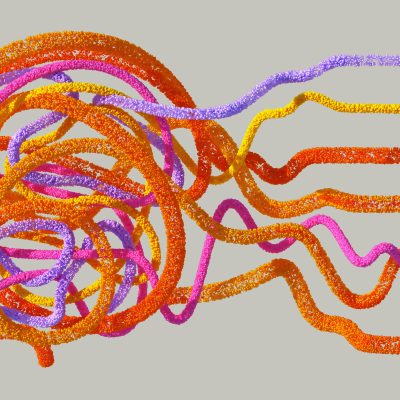Swastikas can’t be divorced from hate
“There is my room, on the right,” he said. I eagerly opened the door, curious what I would find. As I turned to look, my heart dropped to my stomach and I audibly choked out a breath. On the wall was a poster of planes from various places. I couldn’t take my eyes off the planes with little swastikas on their sides. I asked which one was his favorite and he pointed to a sleek gray plane with an American flag on the side. With many frantic thoughts bouncing around my mind, I walked down the stairs with someone who for all I knew, was a nazi.
The swastika is a symbol that nazis rallied behind in the early to mid-1900s while killing approximately 6 million Jews and 5 million war prisoners. It decimated the number of Jews in the world and the horrific incident lives on in the hearts of many.
Due to its presence in Trojan artifacts, the swastika made its way through Germany in the 1910s with a wave of nationalism and Aryan supremacy. The Aryans were an alleged “superior” race of which Germans were direct inheritors and from which Jews and other “inferior” races were excluded.
I have family that was in concentration camps during the Holocaust and I learned about it at a young age. I grew up calling the grandmother of a family friend on Skype and learning about her experience. Their traumatic experiences stuck with me and I grew up trying to educate people so they understood this painful history.
The swastika reminds many Jews, including me, of the horrible genocide and the people who carried it out. I left the house that night with a deep feeling of worry. I had been reminded so often that antisemitism was still very present in our world.
Swastika tagging — recreating the symbol in public — is on the rise in the U.S. according to USA Today, “the Anti-defamation league no longer automatically classifies a swastika tagging as an anti-semitic incident,” classifying it instead as a general hate symbol. But as people’s knowledge of its origins fades, the sting of seeing it as a Jew anywhere does not. The ADL reported a 34% increase in antisemitic crimes in 2016 and saw a spike at the start of 2017. Hitler is long gone and many of us would love to believe that antisemitism is not a threat anymore, but it is wrong to turn a blind eye to the fact that his message and anti-semitic beliefs are still present.
I later learned my friend wasn’t a nazi and the display of the swastikas came from the pride of having uncles who fought against the nazi regime and a profound curiosity about history.
The podcast “This American Life” portrays a similar situation with a hate symbol. A couple looking for a new home walks into the house of a police officer. They start their tour and soon after they see a KKK application framed on the wall. Describing his reaction the husband says, “[A]h, hell no…this is a Klansman house. We’re leaving right now.” The family later found out this officer was not part of the KKK but was only interested in the history. This story is similar to mine and it poses the question: does the intent behind the object matter or do these things speak for themselves? I think this family would agree with me that it doesn’t matter what purpose or curiosity these images fulfill. These are symbols of hate and the message behind them will not and cannot change.
This isn’t to say that the swastika must be banned in every context. The manji, a symbol used in religious iconography in Japan and elsewhere, is a backward swastika. In preparation for the 2020 Olympics in Tokyo, maps that marked temples with a manji were changed because of their likeness to the swastika. This is what others should do. There is no reason to stop using the manji as it is an important part of people’s religion; it is also important, though, to be conscious of its impact on people.
Mapmakers in Japan understood better than my friend when they changed the manji as a map marker to a three-story pagoda. Though Americans are assumed to be the ones offended by the display of swastikas, it’s clear to me that too many people in this country don’t understand the gravity this symbol carries. We need to educate ourselves on the history of not only the swastika but symbols associated with the KKK and other hate groups so nobody has to go through what I and many others have. I hope my friend can join me in understanding these experiences without discounting the trauma of this history. No matter how differently others see the swastika or manji, it doesn’t change or lessen the impact of the genocide that was carried out with the symbol as Hitler’s right-hand man.









